Another CyberPower UPS Goes Up in Smoke, Reader Reports
Multiple reports have recently emerged about a potential fire hazard with two CyberPower UPSes (uninterruptible power supplies). Hot on the heels of our recent news coverage, a CyberPower UPS owner named Mit, who lives in Maryland, reached out to Tom’s Hardware to share a similar experience he encountered with his unit just last week.
Mit said that he had been using his CyberPower CP1500AVRLCD regularly without issue since he bought it in 2017. However, apparently, on July 6th, he lost power for 15 minutes and the unit turned off instead of operating. When the power came back on, the device began making popping and crackling noises while smoke billowed out. He writes:
“At around ~6:15PM Eastern Time on 7/6/2022, the power goes out. The unit turns off immediately instead of staying on as you'd expect a UPS to do for a bit. At ~6:30PM, power is restored. I check the UPS, since it started making terrifying noises, to see smoke coming out and I pull the power out of the wall along with everything plugged in. I grab a fire extinguisher just in case. The unit is still smoking at this time but not violently, I take it and place it outside due to the fumes and call CyberPower.”
Mit sent us a slew of pictures of his fried CP1500AVRLCD UPS and has also shared a video of smoke still coming from the unit’s vents. He told us that the UPS had been connected to a low-powered PC (100W under full load), a Netgear GS108E Ethernet switch, a Fios Quantum Gateway router, a Philips Hue Bridge and an Arlo Smart Hub. He noted that, during its four-year lifespan, the CP1500AVRLCD had successfully stayed on through multiple power outages of 25 to 35 minutes.
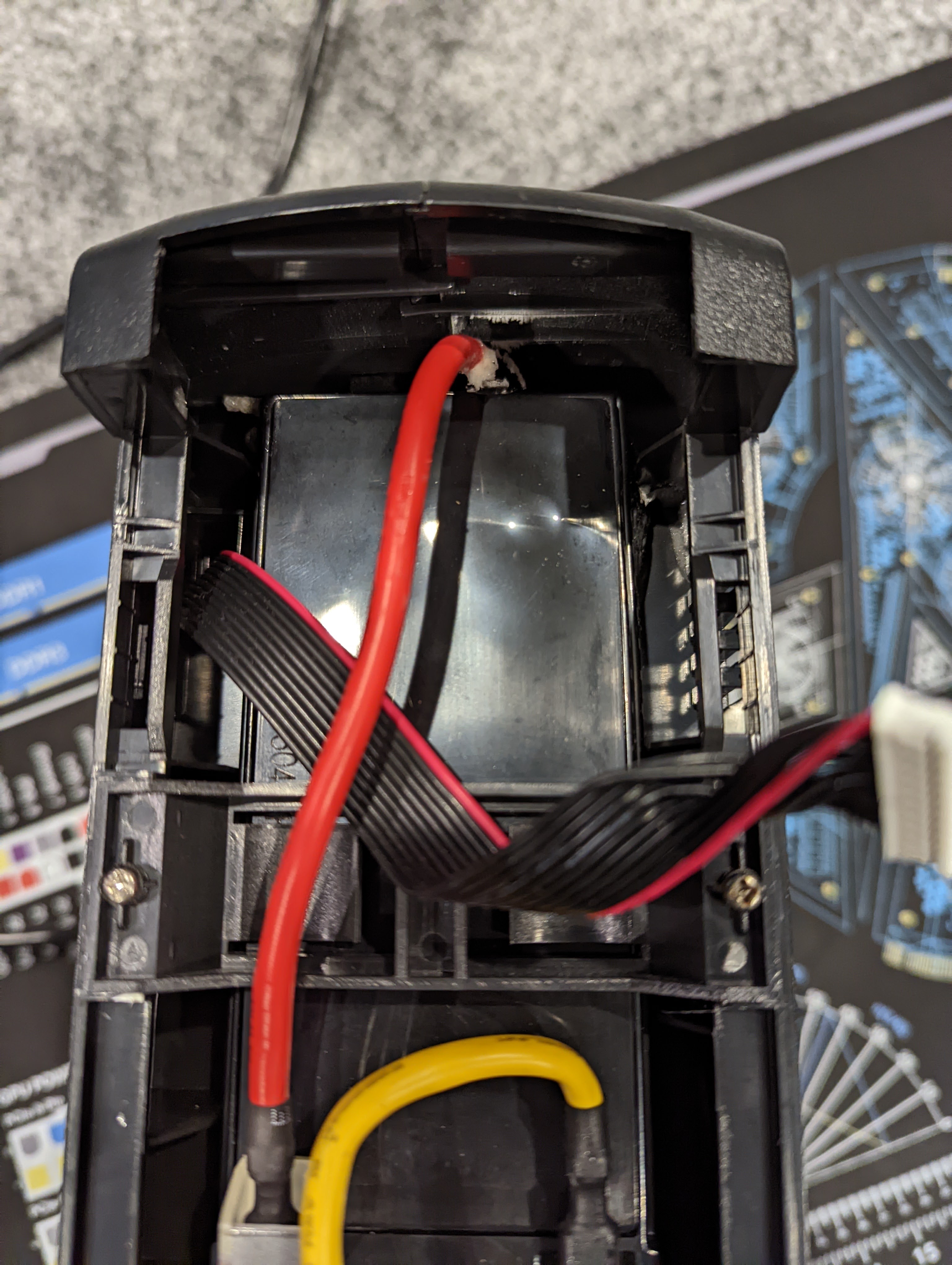
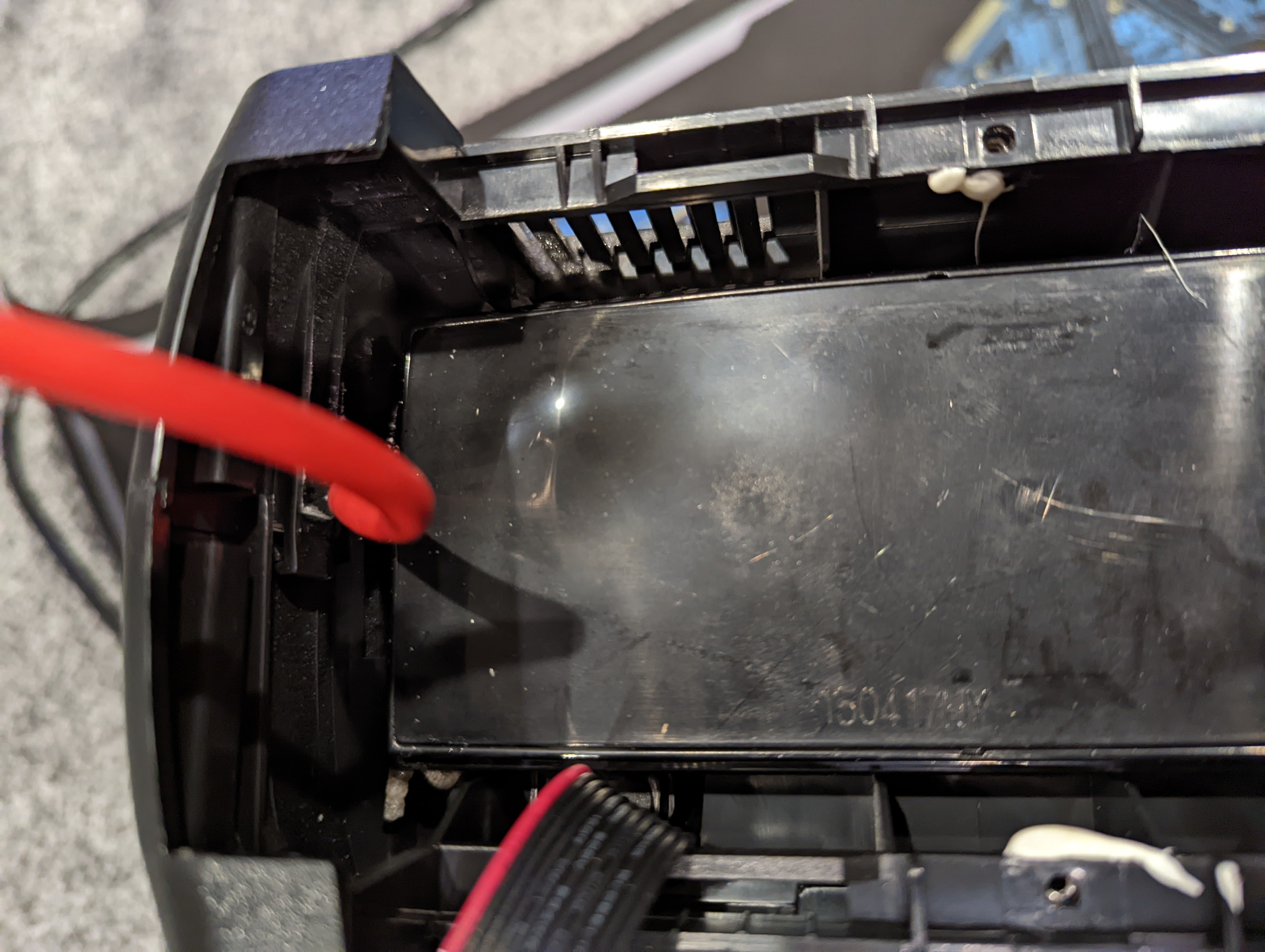

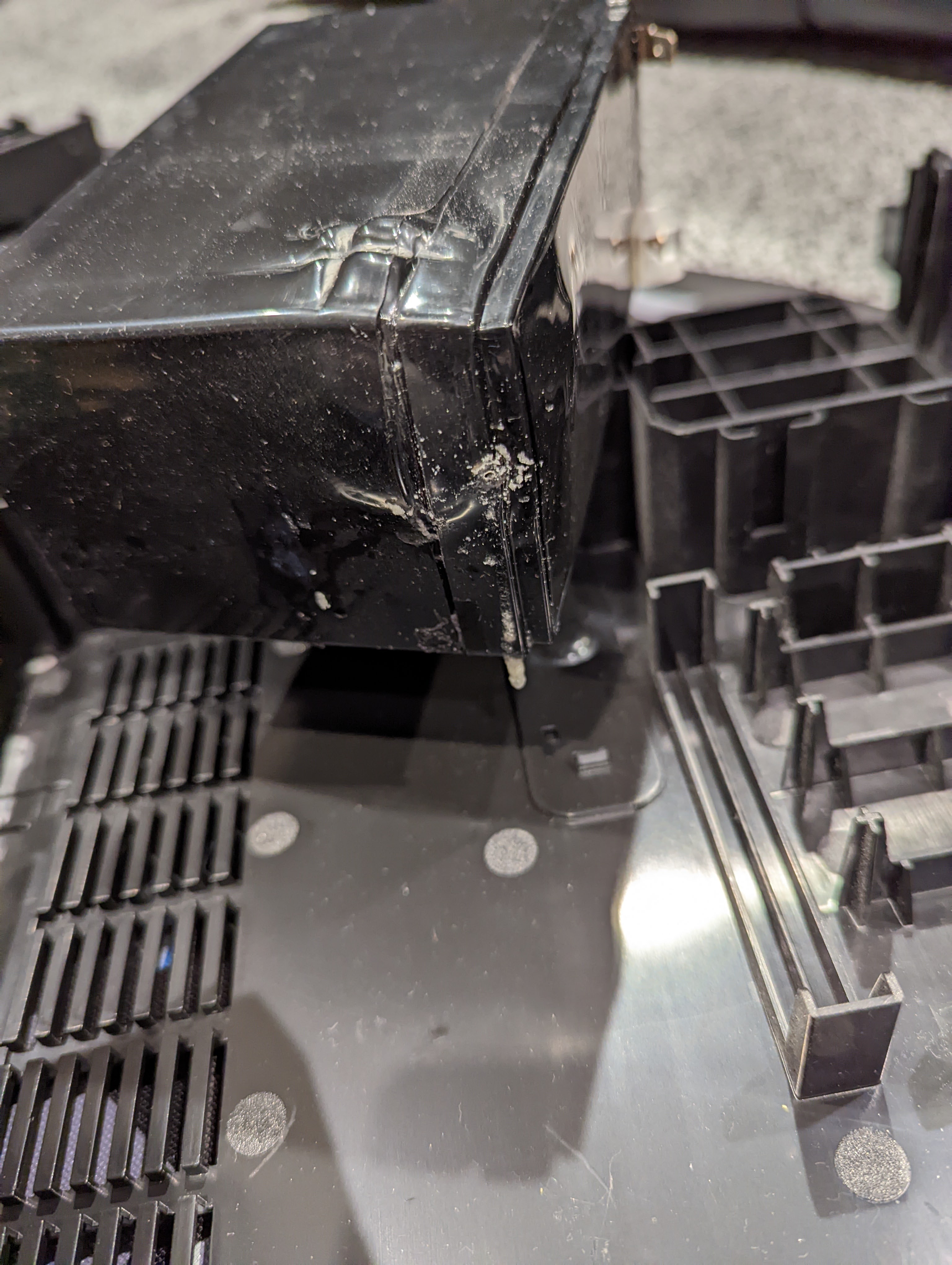
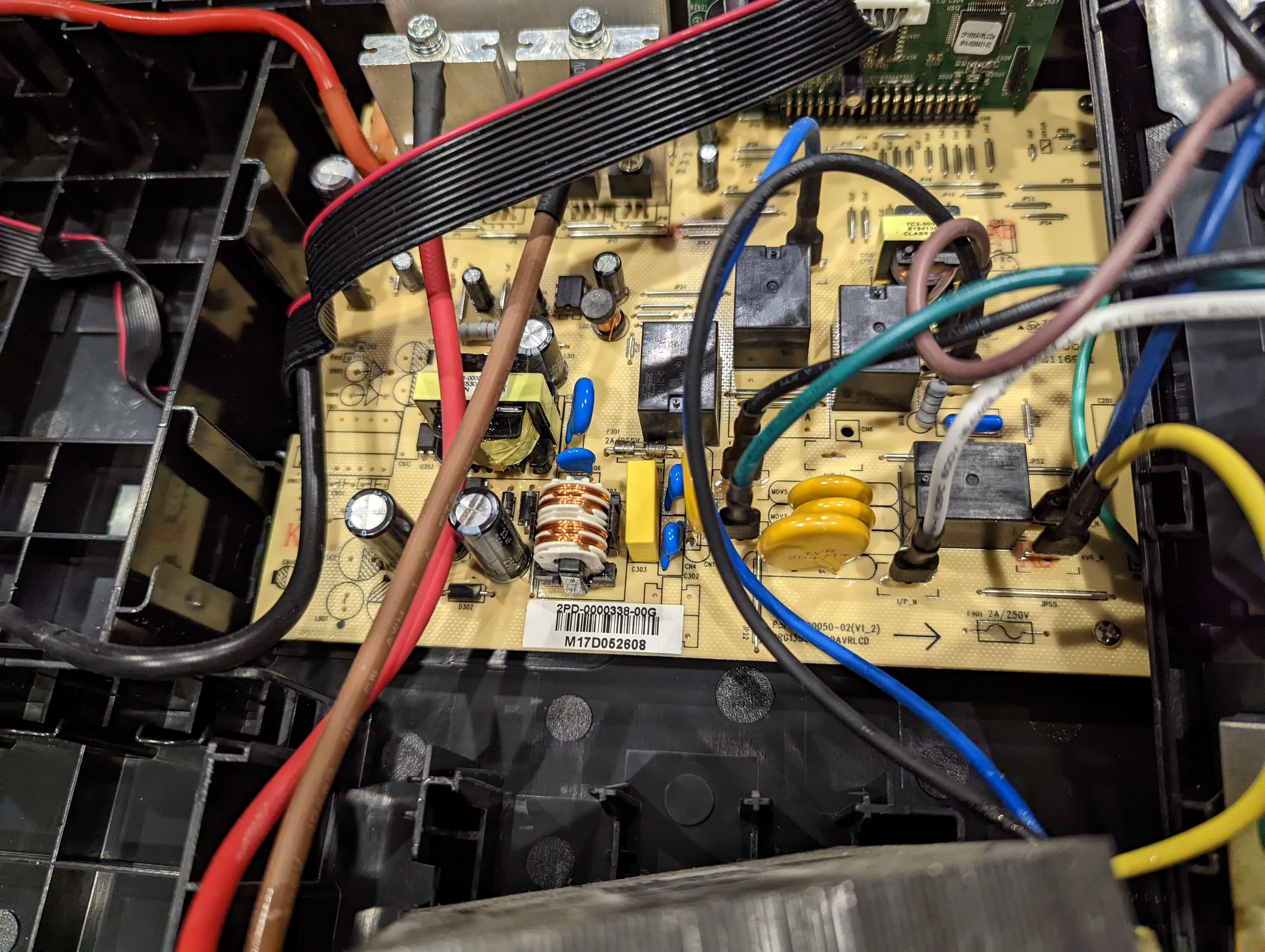
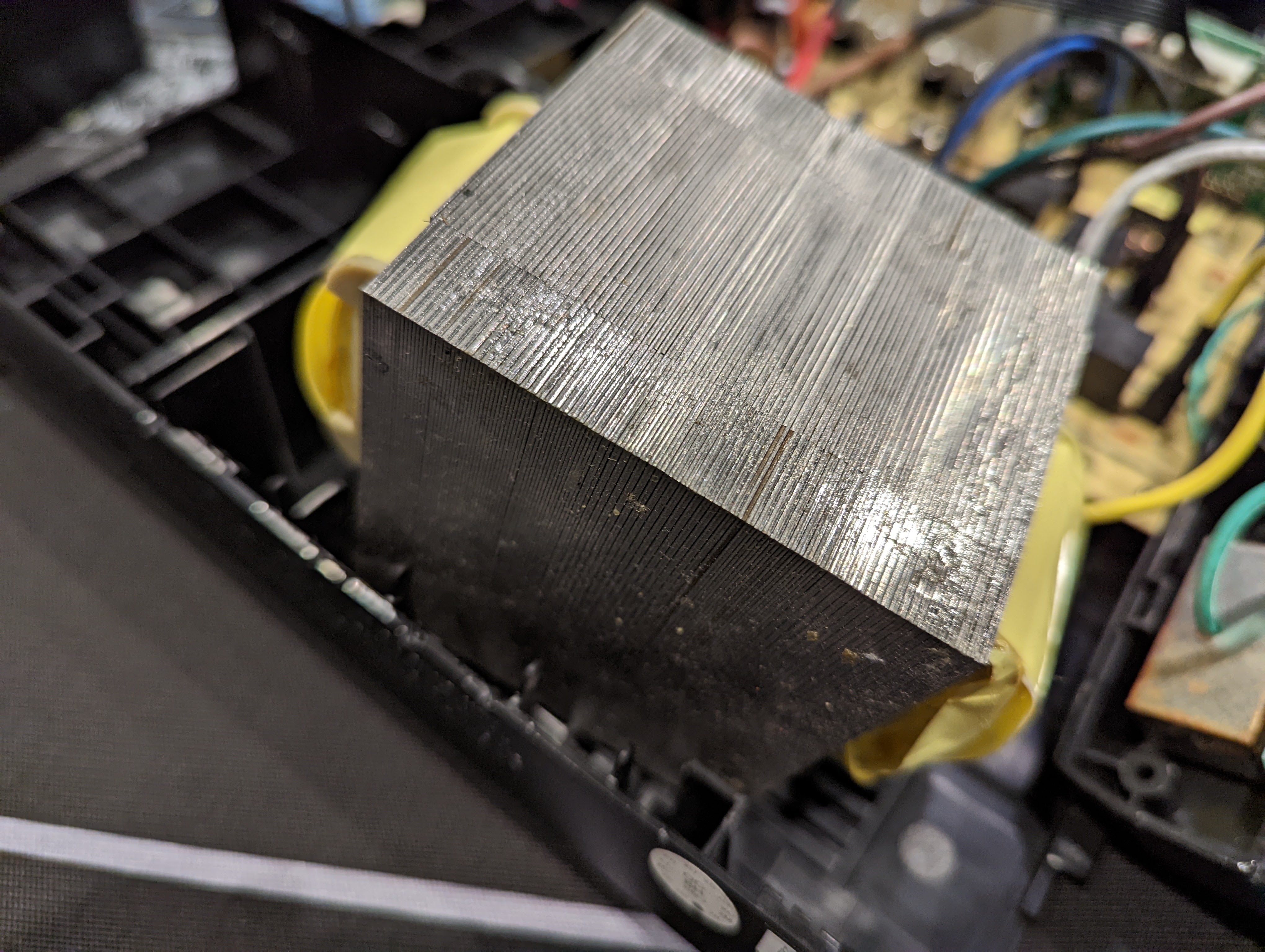
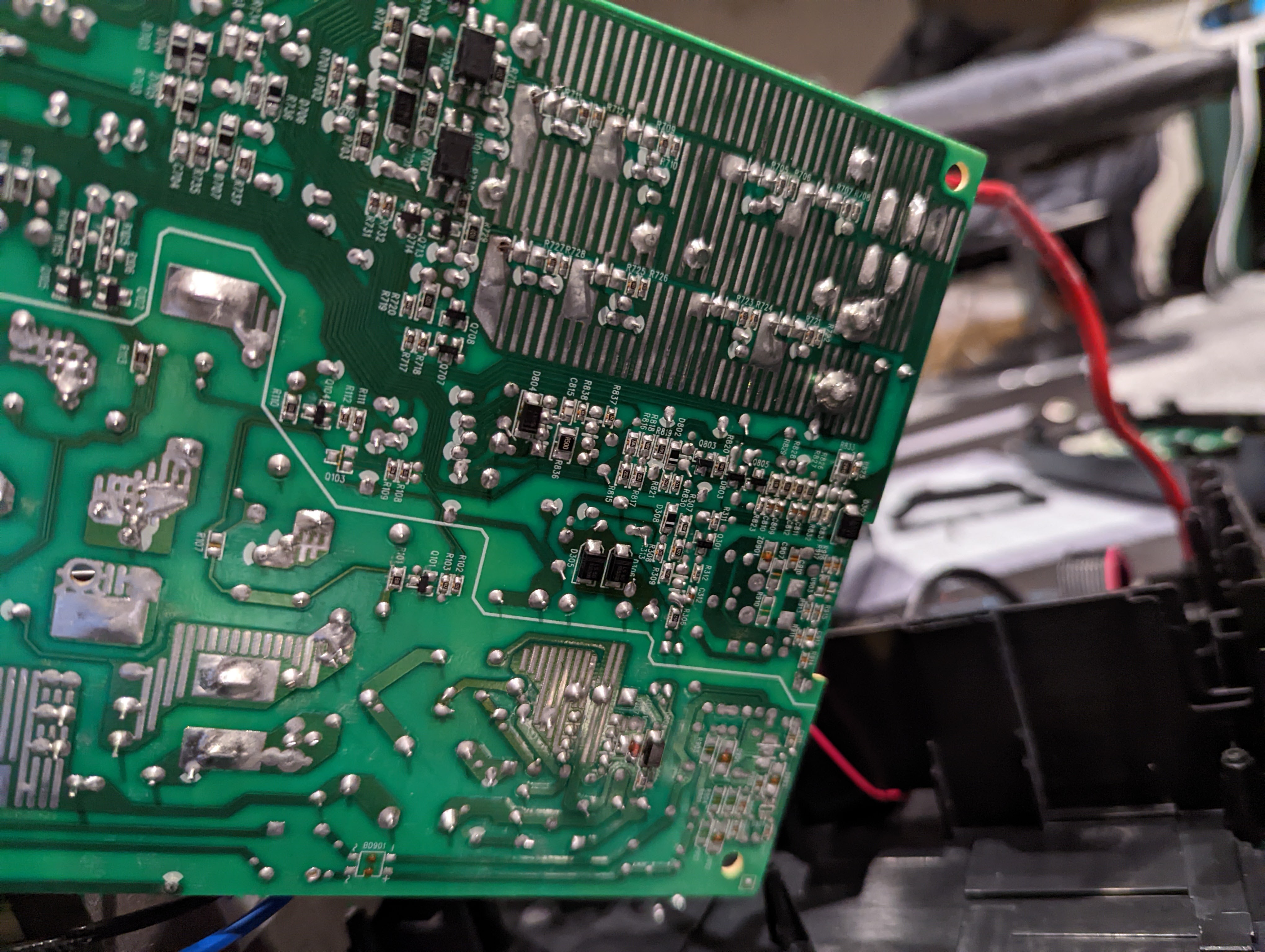
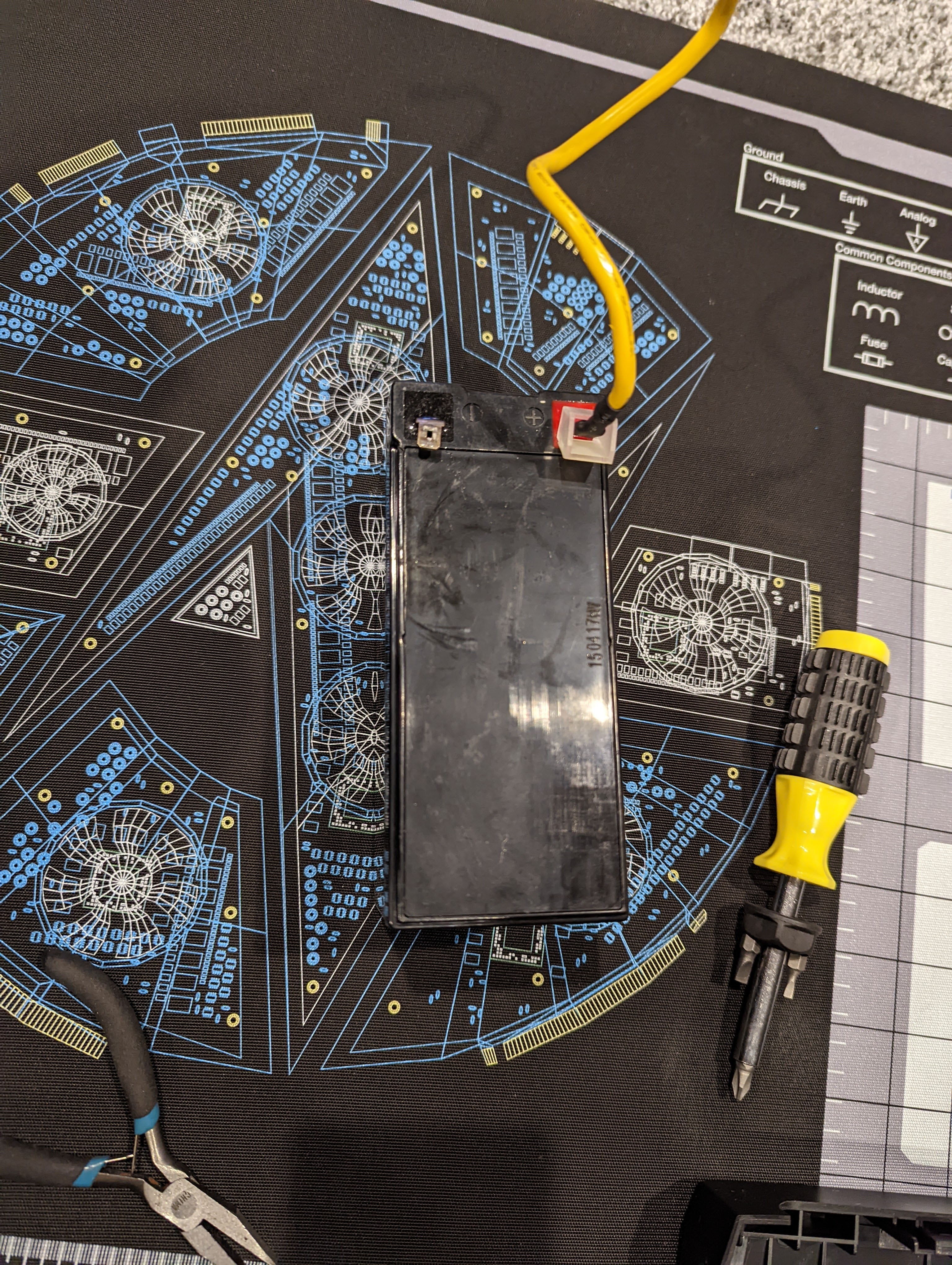

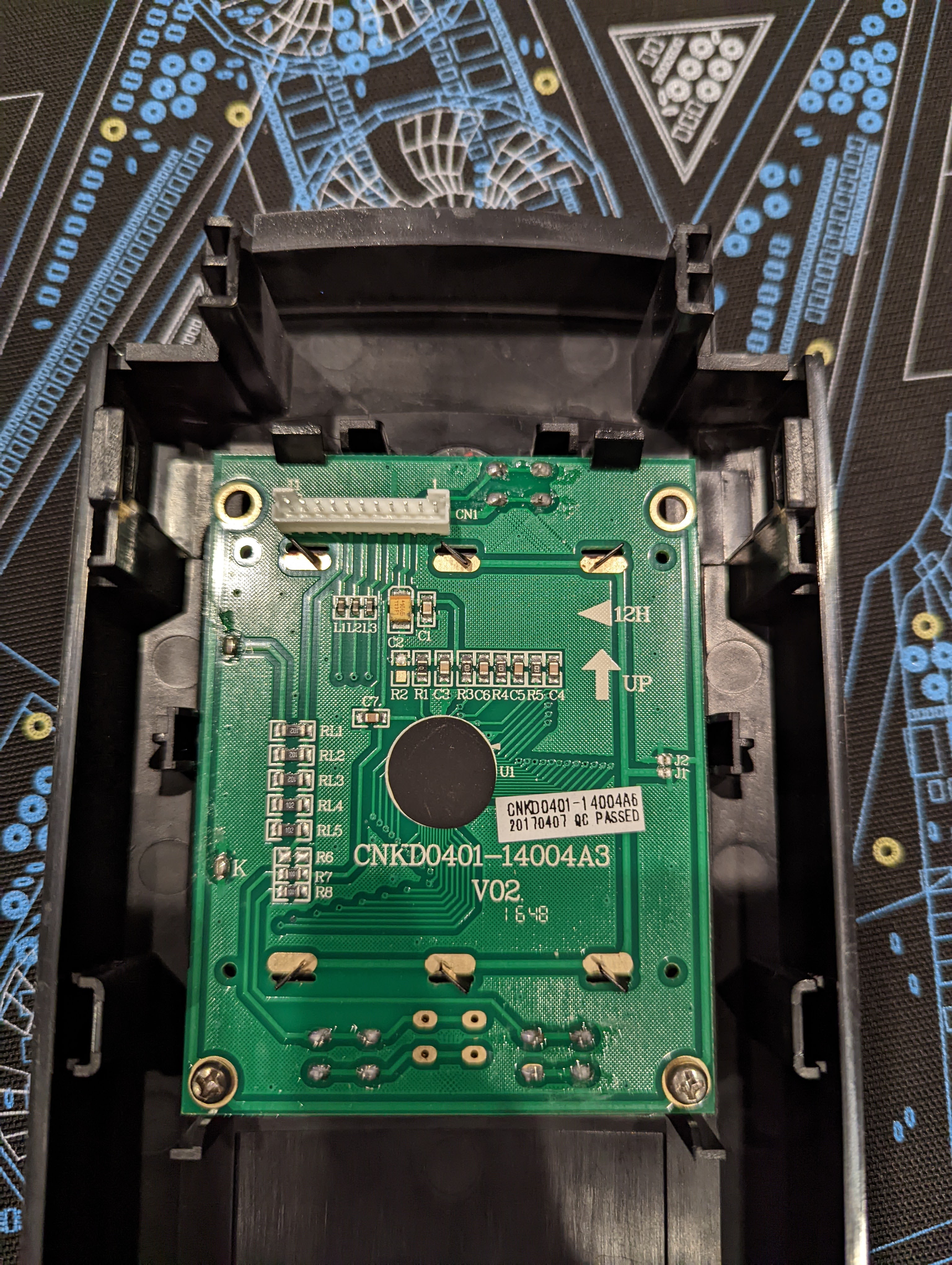
Unfortunately, complaints about smoking CyberPower UPSes go back a lot farther than the video we reported on earlier this week. We checked Amazon's user reviews of the CyberPower CP1500AVRLCD and counted 47 reviews where users complained of smoke and popping noises coming out of their units. The oldest of these complaints dates way back to 2013 and the newest ones were from the past year. However, the product has more than 15,000 user ratings with an average of 4.5 stars.
YouTuber Mark Furneaux posted a video in May 2021 theorizing that the units are failing because of a yellow glue that “becomes conductive and corrosive” over time. But adhesive doesn't appear to be implicated, at least in Mit's case.
Tom’s Hardware power expert Aris Mpitziopoulos says he doubts that the glue is the culprit in any failures because it is commonly used in a lot of power supplies and doesn’t cause issues. Mit’s photographs don’t even show any trace of yellow glue on the PCB in his unit.
Get Tom's Hardware's best news and in-depth reviews, straight to your inbox.
After viewing Mit’s pictures and reading his account, he notes that the power cables for the main transformer have melted on both sides. Mpitziopoulos said he thinks the UPS’s battery is the source of the smoking and that either the battery pack itself went bad, or the UPS sent too much charging voltage to it. However, he couldn’t say for sure what is causing the different failures without doing a thorough examination and testing of the failed units.
CyberPower also says that the glue is safe to use, writing in a statement that “we have thoroughly tested the adhesives we use, and our results are aligned with industry and UL standards.”
In its statement, which we published in full in our previous article, the company also says that it takes all such complaints seriously and that it thoroughly tests its products before sending them to market. The company said it was aware of the original smoking UPS video we reported on earlier, but said it had no record of that user opening a case with them.
As for Mit, he says he called CyberPower as soon as his device started smoking and, though his device was out of warranty, the company offered to send him a new one. Exactly why Mit’s UPS and the others have emitted smoke remains a mystery. The problem could be bad luck as parts wear out or it could be evidence of a defect.

Zhiye Liu is a news editor, memory reviewer, and SSD tester at Tom’s Hardware. Although he loves everything that’s hardware, he has a soft spot for CPUs, GPUs, and RAM.
-
bumrush How timely! Within the past couple of weeks, I also experienced some power event that caused my CyberPower CB1500PFCLCD to shut down entirely, as though there was no battery backup at all. I've owned this UPS since 2008 and with the exception of a single battery replacement a couple of years ago, I've had no issues whatsoever. In fact, I would say that ~14 years of trouble-free ownership for any UPS is pretty exceptional. Since that event, my UPS has appeared to have intermittent issues with recharging its battery (it was hovering around ~20% since then), to the point that I already ordered a replacement (same make/model). But today I updated the PowerPanel Personal software from v2.2.2 to v2.3.5 and I'm seeing marked improvement. The battery is actually charging now, albeit slowly, since I've been working on the PC all day. I'm going to keep an eye on things for a week and see if it turns around. If so, I might suspect that the software update has a positive impact somehow.Reply -
Metteec I have owned my CyberPower CP1500PFCLCD UPS 1500VA 900W since November 2011. I have replaced the batteries on it once a few years ago and survived several power outages, including several for over an hour, with continuous operation. It has lasted over 10 years and has been a great investment.Reply -
mavroxur What an idiotic article. ALL UPSes batteries go bad in time. That's why you replace them at the manufacturer recommended 3 year interval and don't run them until the internal resistance gets so high that they melt down. Brand doesn't matter and even usage has less to do with it than you'd think. They all float charge the batteries 24/7 and it's hard on them. Higher end UPSes (APC SmartUPS, Symmetra and the like) are much better about not cooking batteries, but, they all age out eventually. I replace hundreds of these batteries every year at work. Everything from desktop UPSes with 2 x 8Ah batteries to our data center UPSes with sleds that have 10 x 8Ah in each sled and dozens of sleds. It's as common for these batteries to go bad as sliced bread.Reply -
Sleepy_Hollowed Nervously stares at his 6 year old APC that has worked perfectly through lots of things and temperature extremesReply -
digitalgriffin Reply
The 2.2.2 software was really buggy. If you initiated a self test it would both fail and pass.bumrush said:How timely! Within the past couple of weeks, I also experienced some power event that caused my CyberPower CB1500PFCLCD to shut down entirely, as though there was no battery backup at all. I've owned this UPS since 2008 and with the exception of a single battery replacement a couple of years ago, I've had no issues whatsoever. In fact, I would say that ~14 years of trouble-free ownership for any UPS is pretty exceptional. Since that event, my UPS has appeared to have intermittent issues with recharging its battery (it was hovering around ~20% since then), to the point that I already ordered a replacement (same make/model). But today I updated the PowerPanel Personal software from v2.2.2 to v2.3.5 and I'm seeing marked improvement. The battery is actually charging now, albeit slowly, since I've been working on the PC all day. I'm going to keep an eye on things for a week and see if it turns around. If so, I might suspect that the software update has a positive impact somehow. -
spentshells ReplyMetteec said:I have owned my CyberPower CP1500PFCLCD UPS 1500VA 900W since November 2011. I have replaced the batteries on it once a few years ago and survived several power outages, including several for over an hour, with continuous operation. It has lasted over 10 years and has been a great investment.
What type of batteries are being used? Are they being used in other devices or I guess I should ask, what else are those batteries compatible with? -
edzieba The whole "bad glue" claim was good for a laugh but obviously not the source of the issue (not a surprise from youtube clickbait): there are so vastly many different compositions of adhesive that claiming to identify them purely from colour does not pass the smell test. Let alone claiming an insulating epoxy or silicone would somehow 'turn conductive' only in these specific UPSes and not in any other electronic hardware (would be like claiming the Capacity Plague would only affect digital alarm clocks and not any other devices with the same caps installed).Reply
The large pressure fractures in the battery housing make the failure of the battery pretty clear, but not the source of the failure. With the lack of obviously blown components on any of the (photographed) boards that would indicate a short across the terminals, I'd point the finger at a bad batch of batteries as the first line of investigation. -
TechLurker Pretty sure it's just improper maintenance and replacement schedules. I usually replaced my UPS or its batteries at whatever the recommended year mark was in the manuals. Some said 3, some said 4, and some said 5 years; most all of them said after 2-5 intermittent and extended brownout/blackout situations due to rapid discharge/recharge cycles wearing down the batteries in those instances. Eventually, I just replaced all UPS with a whole house battery feeding the essential lines, as those are more robust, and only take up space in the garage. Also, less standby electric heat in the rooms the UPS were in. Nice thing about whole house batteries is that they could be extended with another battery, or could increase line coverage at the expense of duration (or both).Reply -
InvalidError This report sounds very similar to how my CP LX1500 died, minus the smoke: the UPS just overcharges the heck out of its battery pack because it seemingly cannot correctly read battery voltage and based on monitoring software, it appears to default to 24V regardless of actual battery state when that happens.Reply
When I realized my LX1500 was cooking its battery, the battery pack temperature was 50C. Software monitoring reported 24V pack voltage, my DMM said 18V with the UPS pumping over 1.5A into the 24V pack. This must have been going on for a month or so - first time I came home to a dead PC, I shrugged it off as possibly an outage that exceeded the battery capacity. Second time though, I was at my PC when it immediately shut off on power outage. -
flagrantvagrant There's definitely something wrong with the higher tier CyberPower UPSes since at least 2016. over twenty+ years I've gone through several UPSes, the first high capacity one I got was the old gray-box CB 1500 something-or other in about '03 maybe. That one lasted through three lead acid battery swaps and gave up the ghost peacefully in '11 - the charge circuit simply failed and ceased to charge the batteries. So I got a CB CP1500AVRLCD at that time, and that one lasted through two battery swaps and gave up the ghost in '18, again peacefully. In that case I think the relays which switch from line power to the inverter failed, because the batteries were charged but it didn't audibly "clack" when switching from line power to the inverter output module. So I got a CB CP1500PFCLCD PFC in '18 to replace THAT one and that's when things went south. UPSes perform auto-self tests maybe once every 24-72 hours. If you hear your UPS mysteriously CLACK then five seconds later CLACK again that was an automated self diagnostic test. So naturally I was used to hearing the auto-clack every now and then (can't tune out the environment like most people). So around mid '20 it did an auto-self test and poof - computer shuts off. I'm like what the hell is going on. I pulled the batteries and checked them - nominal float voltage. Tossed a regulated 12VDC lead acid battery tester-charger on each battery. Both batteries past the check and didn't need charging. So I plug everything back in and do my own tests. Force check through the software - computer goes off. Pull plug from wall - computer goes off. Each test I clearly heard the relays "clacking" over, so the switching mechanism was functioning, and it's obvious the battery charger circuit was keeping the batteries at float, and the AVR (if one looks up a block diagram) comes before any of the other major components. So it had to be the inverter. Mine didn't blow it's top, but it's clear there is something defective with an inordinately high percentage of the inverters CB is using in these high capacity models, sometimes they die in a whisper, sometimes they blow up, but it's not a failure which can be caught with standard burn in tests, assuming they do some form of burn-in test at the factory (burn-in meaning allowing it to run through several cycles for at least a few hours under a nominal load). So I decided I'm done with CB after that, decided to fork out for an APC because my very first UPS was a dwindlingly small 300 watt gray box from like '99 or '00, and that thing lasted almost twenty years, went through at least five battery swaps, but obviously wasn't powerful enough for computers I started building a few years later. So long story short is buying a CyberPower is a bit of a crap shoot, you get what you pay for. APCs cost more for a reason, and it's probably quality control which involves time investment; one can't check the variable qualities of the unit in hand immediately with something like an UPS, they actually have to be ran through multiple cycles to whittle out defects.Reply
(Been doing quality control on industrial electrical and electronic equipment for over twenty years.)